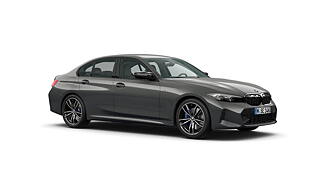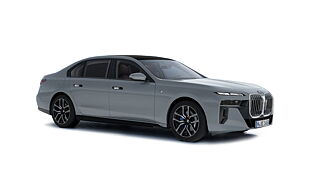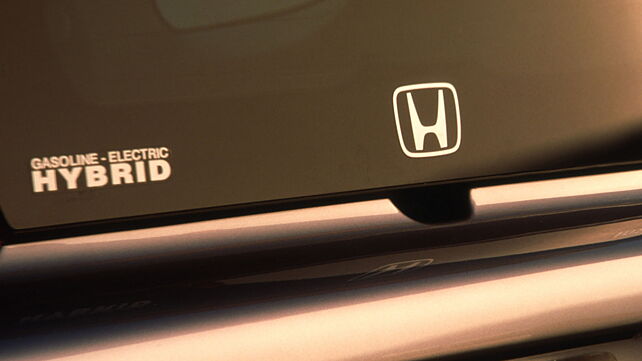
Hybrid car pioneer
Visionaries have recognised the value of hybrid propulsion technology for cars since the car came into existence in the mid to late 1800s. Internal combustion engines are most efficient at certain RPMs and electric motors are efficient and powerful at low vehicle speeds in comparison. Combine the two and you get the perfect car, right?
Not exactly. As those visionaries and inventors later realised - heavy investment was needed to develop battery technology, regenerative charging systems, electric motor technology, internal combustion technology and the control systems which would dictate the most efficient usage of a hybrid system - before they could be usable in the real world. Such cars also needed to be more than just toys for the rich which presented a different set of problems.

The 1999 Honda Insight is regarded as the first mass-market petrol-electric hybrid car in the world. The innovations introduced by the company in this single model have been improved and used to this day.
Adding lightness to a car is not just a mantra for sportiness, it also helps the engine and electric motor deploy their power more efficiently. Using lightweight but strong materials and reducing unnecessary mass from as many areas as possible without compromising on safety has become common in Honda’s car development process.
Regenerative braking technology provides a great way to recharge the batteries on a parallel hybrid car, using energy that would otherwise have been lost as heat to add to a vehicle’s range. This system helped the Insight attain a certified mileage of 22.73kmpl - a respectable figure even today. With advances in battery and electric motor technology, the regenerative braking systems in Honda cars today can recoup even more energy, store them better and deploy them more efficiently.

The Integrated Motor Assist (IMA) parallel hybrid technology introduced in the Insight has been finetuned over the years. The innovative placement of an electric motor in between the internal combustion engine and the transmission not only made for compact and light packaging - but also removed the need for a starter motor and engine balancer, reducing complexity and costs. The system can switch instantly and seamlessly between the two power sources, utilising them in the most efficient way for powerful acceleration or for peaceful cruising - while sipping as less fuel as possible. With advanced lithium-ion batteries, better control systems and much more efficient petrol engines, the latest iteration of IMA provides improved NVH, performance and mileage.
Lithium-ion batteries have replaced the Nickel-metal hydride batteries used in Honda’s earlier hybrid cars - offering more range, faster charging times and more battery life. These batteries also allow more range on electric power alone, which not makes the car quieter but also improves mileage as petrol is not wasted in low-speed conditions where a petrol engine is least efficient.

Finally, the control systems for the hybrid setup have advanced a lot since the days of the first-gen Insight. From a desktop-box like computer to a faster, lighter and more powerful one today - these can monitor more sensors and make the necessary adjustments to the hybrid powertrain much quicker - reducing compromises between performance and mileage.
Honda has a strong legacy as a modern hybrid car pioneer and the culmination of decades of research and development is set to lead to an all-new hybrid sedan coming to India. Stay tuned!
![होंडा ऑल-न्यू सिटी [2020-2023] इमेज होंडा ऑल-न्यू सिटी [2020-2023] इमेज](https://imgd.aeplcdn.com/272x153/n/cw/ec/40535/all-new-city-exterior-right-front-three-quarter.jpeg?q=80)
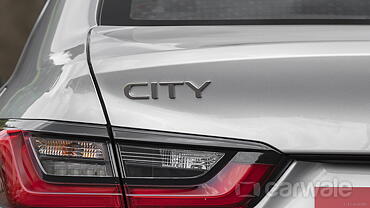





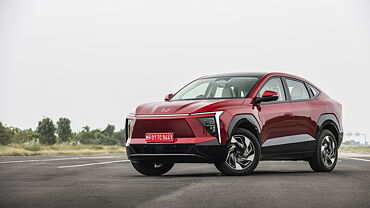
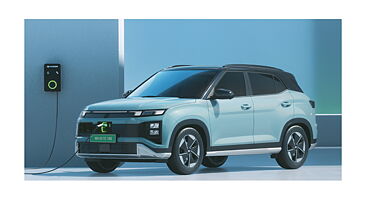

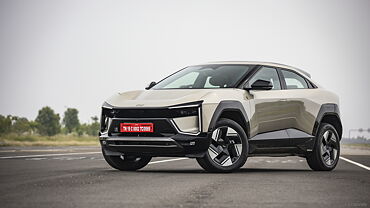


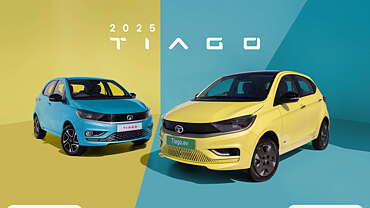

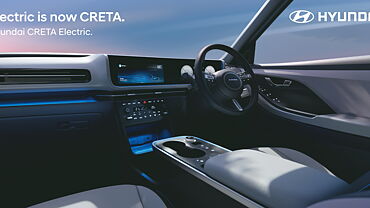
![होंडा ऑल-न्यू सिटी [2020-2023] ठीक सामने तीन चौथाई होंडा ऑल-न्यू सिटी [2020-2023] ठीक सामने तीन चौथाई](https://imgd.aeplcdn.com/199x112/n/cw/ec/40535/all-new-city-exterior-right-front-three-quarter.jpeg?q=80)
![होंडा ऑल-न्यू सिटी [2020-2023] ठीक सामने तीन चौथाई होंडा ऑल-न्यू सिटी [2020-2023] ठीक सामने तीन चौथाई](https://imgd.aeplcdn.com/199x112/n/cw/ec/40535/city-exterior-right-front-three-quarter-2.jpeg?q=80)
![होंडा ऑल-न्यू सिटी [2020-2023] राइट साइड का दृश्य होंडा ऑल-न्यू सिटी [2020-2023] राइट साइड का दृश्य](https://imgd.aeplcdn.com/199x112/n/cw/ec/40535/city-exterior-right-side-view.jpeg?q=80)
![होंडा ऑल-न्यू सिटी [2020-2023] स्टीयरिंग व्हील होंडा ऑल-न्यू सिटी [2020-2023] स्टीयरिंग व्हील](https://imgd.aeplcdn.com/199x112/n/cw/ec/40535/city-interior-steering-wheel.jpeg?q=80)
![होंडा ऑल-न्यू सिटी [2020-2023] इंस्ट्रूमेंट क्लस्टर होंडा ऑल-न्यू सिटी [2020-2023] इंस्ट्रूमेंट क्लस्टर](https://imgd.aeplcdn.com/468x263/n/cw/ec/40535/city-interior-instrument-cluster.jpeg?q=80)






